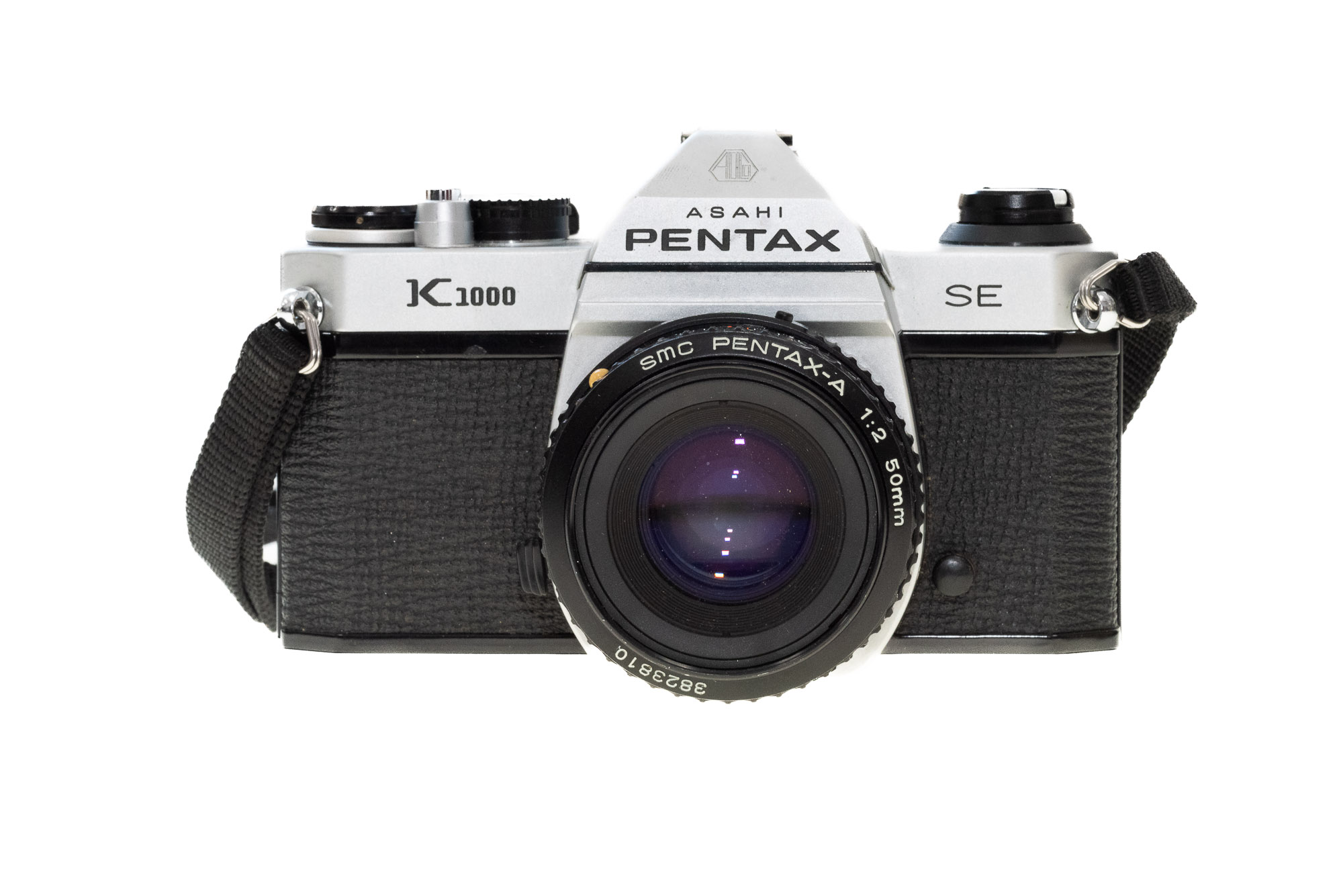Sony has positioned itself as a leader in the digital camera market, offering a wide range of options for photographers at all levels. From the feature-rich Alpha series to the compact yet powerful RX line, choosing the right Sony digital camera can be overwhelming. In this comparison, we delve into the various offerings, examining key features, performance, and overall value to determine which Sony camera stands out as the best choice for different types of users.
Entry-Level Excellence: Sony α6100 vs α6400
Key Features and Usability
The Sony α6100 is an entry-level mirrorless camera that packs a punch with a 24.2MP APS-C sensor, fast autofocus, and 4K video capabilities. It’s an excellent option for beginners looking for quality without complexity. The Sony α6400, while similar in sensor size and resolution, offers advanced features like a higher maximum ISO, improved autofocus, and a durable build. Both cameras have a tiltable LCD screen, but the α6400’s viewfinder is superior in resolution.
Performance in Practice
When it comes to real-world use, the α6100 and α6400 both perform exceptionally well in good lighting conditions. However, the α6400’s enhanced autofocus system and better low-light performance give it an edge for more serious hobbyists or professionals who need reliability and precision. The α6400 also offers a faster continuous shooting speed, which is ideal for action photography. The α6100 is more suited to those with a tighter budget who still want the quality that Sony provides.
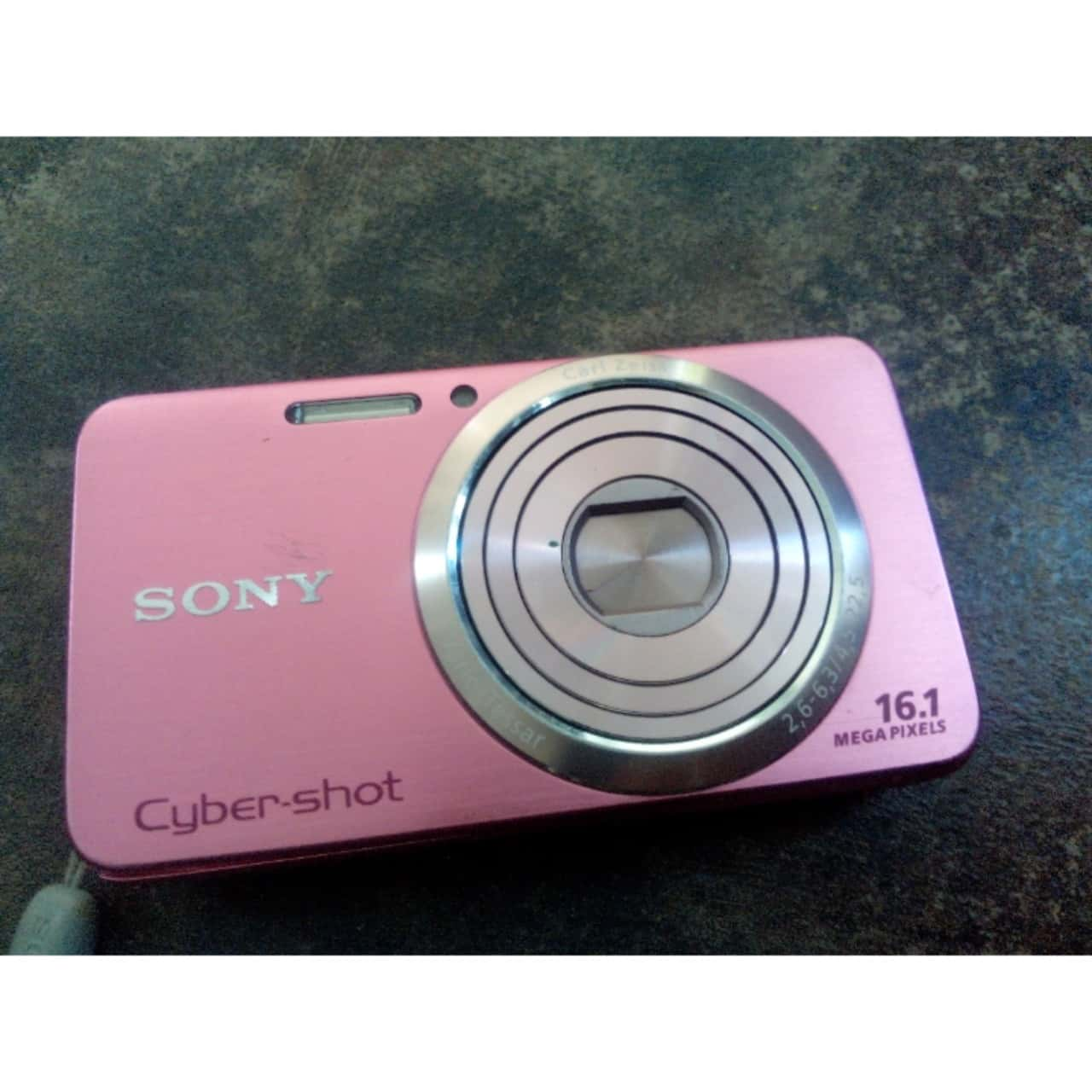
Mid-Range Mastery: Sony α7 III vs α7C
Balancing Features and Form Factor
The Sony α7 III is a well-rounded camera with a full-frame 24.2MP sensor, in-body image stabilization (IBIS), and exceptional low-light performance. Its robust feature set makes it a favorite among professionals and enthusiasts alike. On the other hand, the Sony α7C markets itself as the world’s smallest and lightest full-frame camera with similar resolution and IBIS. It targets vloggers and travelers who prioritize portability without sacrificing image quality.
Assessing Overall Performance
Professionals often lean towards the α7 III due to its dual card slots and slightly better battery life, which are crucial for longer shoots. The α7 III also boasts more customizable buttons and a more extensive range of lenses. The α7C, while compact, does not compromise on performance, delivering similar image and video quality as the α7 III. It’s an attractive option for those who need a full-frame sensor in a more travel-friendly body.
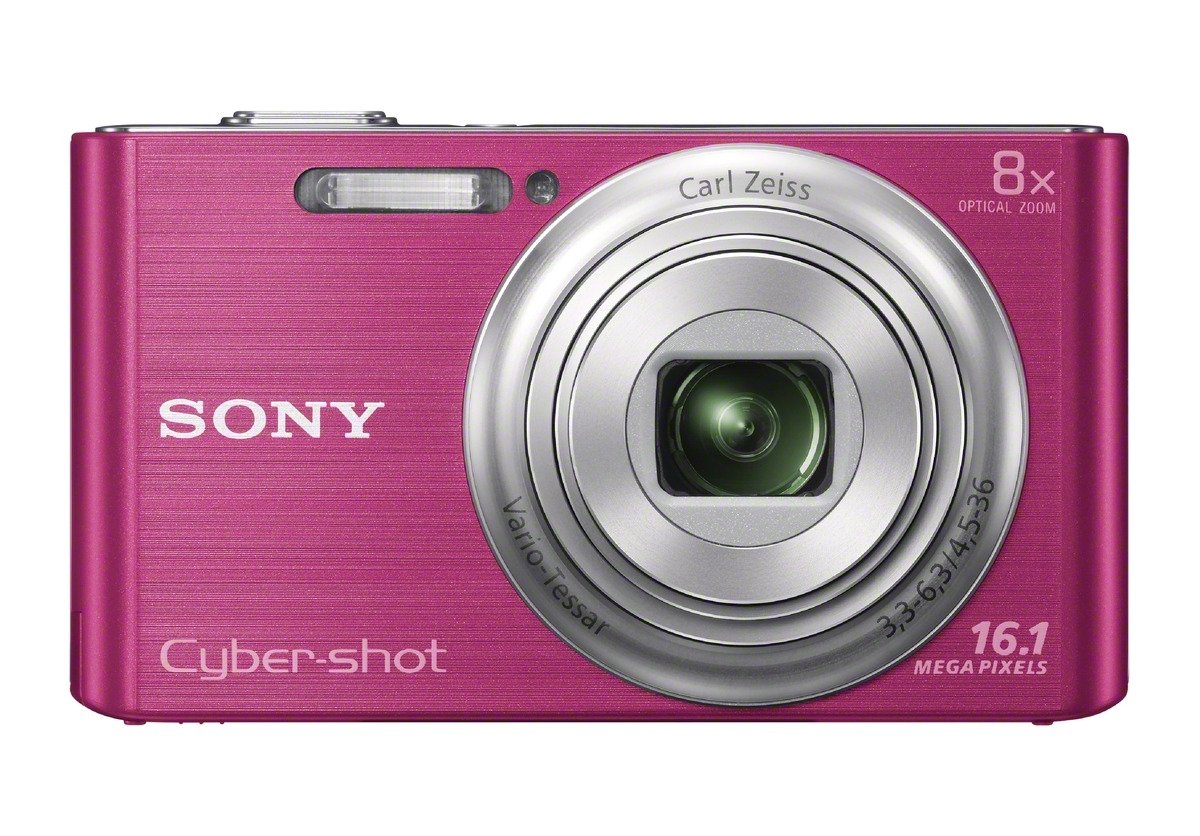
High-End Contenders: Sony α7R IV vs α9 II
Distinguishing Features for Premium Users
The premium segment features the Sony α7R IV and the α9 II, both at the top of their game but catering to different needs. The α7R IV’s 61MP full-frame sensor is a game-changer for photographers who demand the highest resolution for landscapes or studio work. In contrast, the α9 II is built for speed, with a fast blackout-free continuous shooting rate and a sophisticated autofocus system designed for sports and action photography.
Performance Considerations for Professionals
High-end cameras come with expectations of flawless performance, and both the α7R IV and α9 II deliver. The α7R IV’s incredible detail makes it ideal for commercial photographers and those who print large-scale images. Meanwhile, the α9 II excels in environments where speed and responsiveness are crucial. Despite their differences, both cameras offer robust build quality, excellent ergonomics, and a range of professional features that justify their positions as top-of-the-range models.

Compact Powerhouses: Sony RX100 VII vs RX0 II
Compact Cameras for On-the-Go Shooting
Sony’s RX series is renowned for packing impressive features into small bodies. The RX100 VII is a powerful compact camera with a 1-inch sensor, 20MP resolution, and a versatile zoom lens, making it a favorite for travelers. The RX0 II is even smaller, resembling an action camera with its rugged design and 1-inch sensor, though with a fixed focal length. It’s ideal for adventure-seekers looking to capture high-quality images and video without the bulk.
Evaluating Compact Camera Performance
The RX100 VII is an all-around performer with great autofocus, a range of shooting modes, and a tiltable screen, competing closely with larger cameras. The RX0 II, while not as feature-rich, offers excellent image quality and robustness in a tiny package, appealing to those who need durability in challenging environments. Both cameras showcase Sony’s commitment to quality across different camera types and sizes.
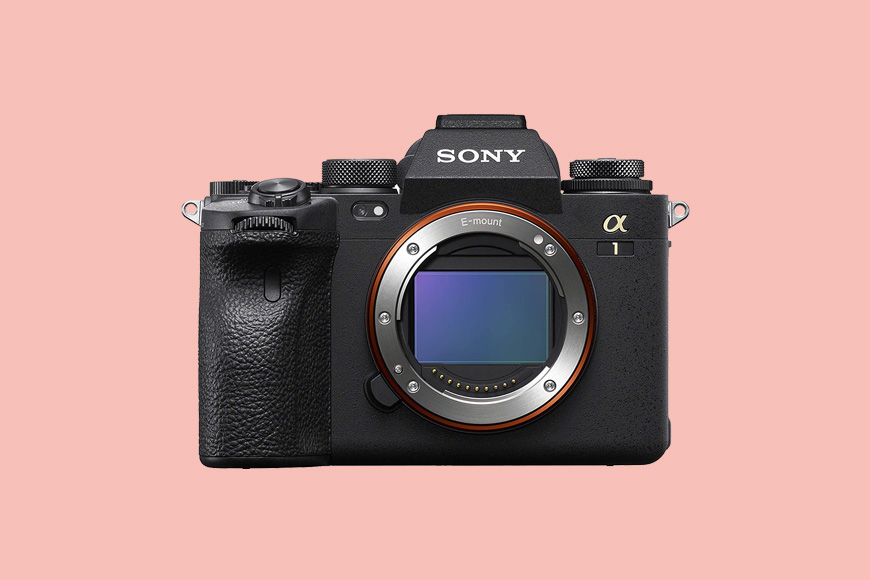
The Importance of Lenses and Accessories
When comparing Sony digital cameras, it’s essential not just to focus on the body but also to consider the lens ecosystem and available accessories. Sony’s E-mount lens system serves both full-frame and APS-C cameras, offering a wide range of high-quality lenses suited for various photography styles and needs. Investing in a camera is also about investing in a system. The availability of lenses, from wide angles for landscapes to telephoto lenses for sports and wildlife, adds versatility and expands creative possibilities for photographers. Similarly, accessories like external flashes, microphones, and grips can enhance the shooting experience, making it a critical factor in the decision-making process.
Ergonomics and User Experience
Ergonomics and user experience are paramount, especially for photographers who spend long hours with their camera. Sony has made significant improvements in this area across its range. The α7 series, for example, is known for its comfortable grip and intuitive menu system, making it easier for users to change settings on the fly. The compact RX series impresses with its portability and simplicity without sacrificing manual control. A camera that feels right in your hand, whose controls and menus are intuitive, can make a substantial difference in your photography journey, affecting not just the quality of your work but also your enjoyment of the craft.
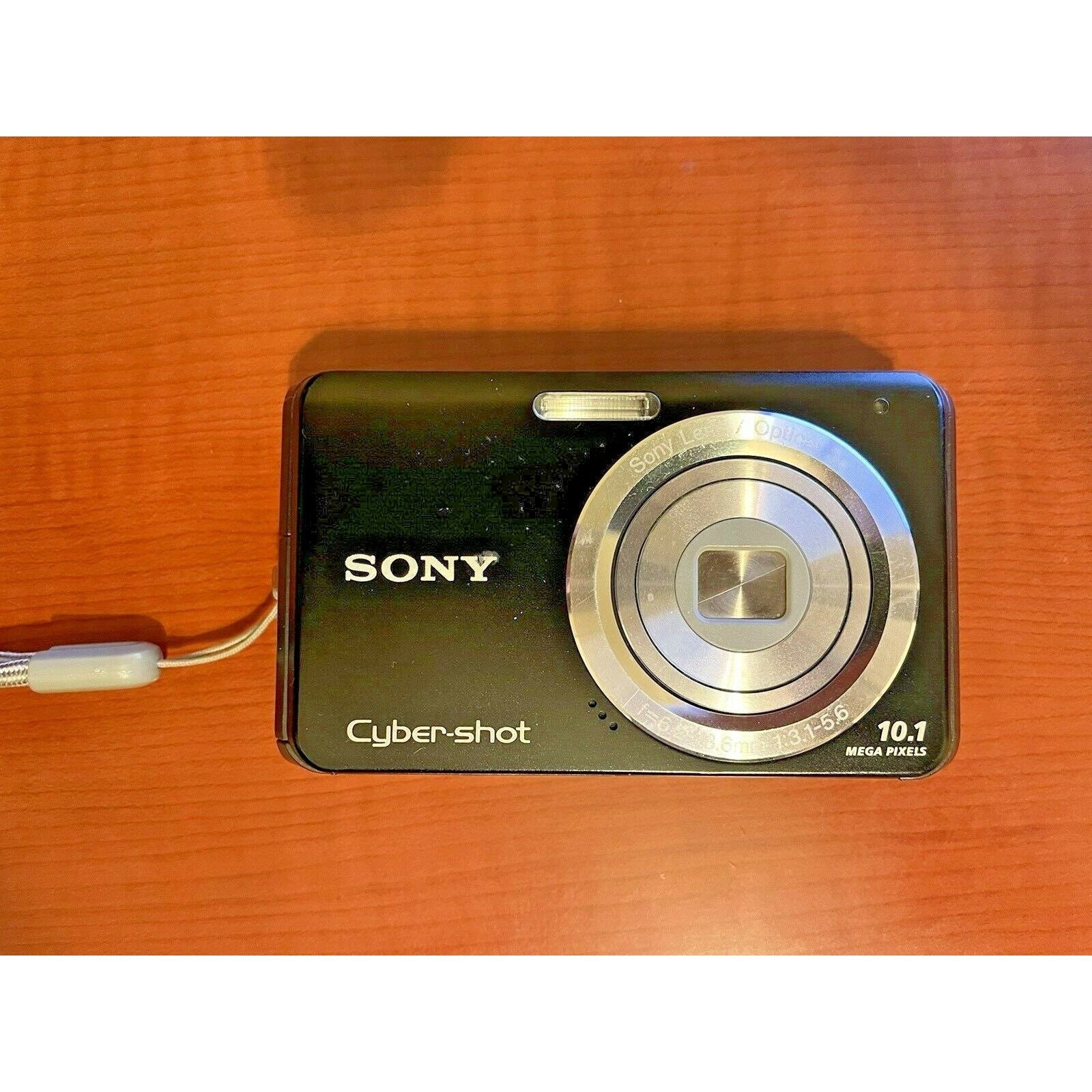
Adaptability for Video Content Creation
In today’s digital age, a camera’s video capabilities are just as crucial as its still photography performance. Sony cameras are renowned for their video quality, offering features such as 4K recording, log profiles for advanced color grading, and in some models, real-time eye autofocus in video mode. Content creators, from YouTubers to documentary filmmakers, will find Sony’s offerings particularly appealing. Cameras like the α6400 and α7C, with their compact size, excellent video quality, and flip screens, are perfect for vloggers and on-the-go filmmakers. The choice of a camera for a content creator not only hinges on image quality but also on how well it integrates into a workflow, including editing and color grading processes.
